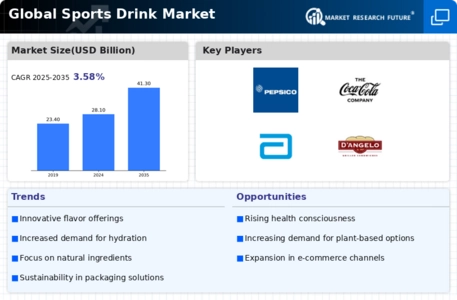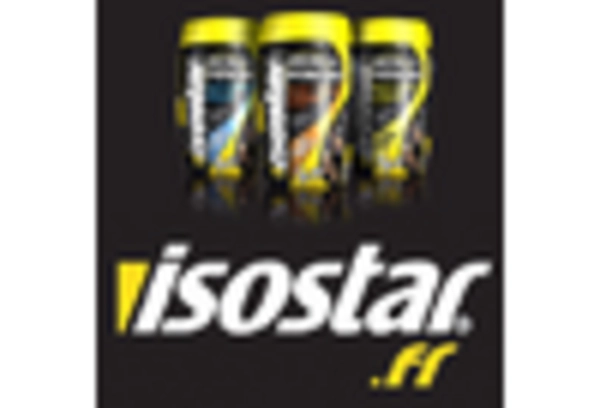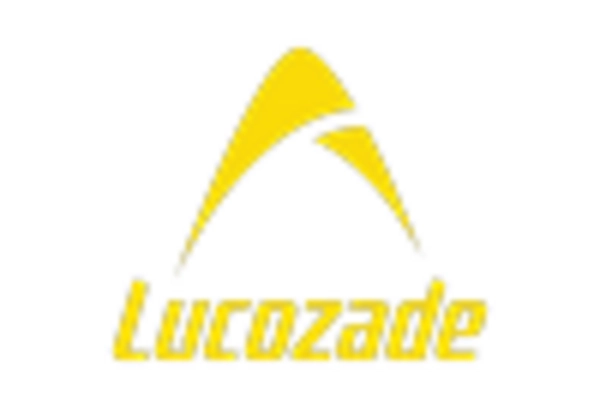Market Share
Sports drink Market Share Analysis
In the Sports Drink Market, the pursuit of market share involves strategic positioning to meet the evolving demands of health-conscious consumers and athletes. Differentiation is a primary strategy where sports drink brands seek to distinguish their products from competitors. This may involve introducing unique formulations, innovative ingredients, or highlighting specific performance-enhancing features. Brands strive to create a distinct identity in the market, catering to consumers who are looking for specialized hydration solutions. By standing out, companies can attract a dedicated customer base, securing their market share.
Cost leadership is another notable strategy within the Sports Drink Market, where brands focus on offering competitive prices to appeal to a broad consumer base. Achieving cost efficiency in production, distribution, and marketing allows companies to provide affordable options for athletes and fitness enthusiasts. This strategy is particularly effective in attracting price-sensitive consumers who prioritize value for money when selecting sports drinks, thus enabling brands to capture a significant share of the market.
Innovation is a driving force in the Sports Drink Market, with brands constantly striving to introduce new and improved formulations that align with the latest health and wellness trends. Whether it's incorporating natural ingredients, reducing sugar content, or adding functional components like electrolytes and vitamins, innovation is key to staying ahead in this competitive market. Brands that invest in research and development to deliver cutting-edge products can position themselves as leaders in the industry, attracting consumers seeking the latest advancements in sports hydration.
Demographic targeting is a crucial aspect of market share positioning within the Sports Drink Market. Recognizing that different consumer segments have unique preferences and needs, brands tailor their marketing and product offerings accordingly. Some sports drinks may target professional athletes, emphasizing advanced performance benefits, while others focus on the general fitness enthusiast, highlighting hydration and recovery. Understanding and catering to the diverse preferences of specific demographics allow brands to solidify their market share within those segments.
Regional adaptation is also a significant consideration for sports drink brands looking to resonate with consumers across different markets. Customizing flavors, adjusting formulations to align with local tastes, and adapting packaging sizes to suit regional preferences are common approaches. Brands that recognize and embrace local nuances can establish stronger connections with consumers, ultimately expanding their market share in various regions.
Collaborations and partnerships represent an emerging strategy in the Sports Drink Market, enabling brands to leverage the influence of athletes, fitness influencers, or other well-known entities. Co-branded initiatives, sponsorships of sporting events, and collaborations with fitness professionals can enhance brand visibility and credibility. By associating with figures and organizations that resonate with their target audience, sports drink brands can effectively increase their market share and strengthen their position in the competitive landscape.










Leave a Comment